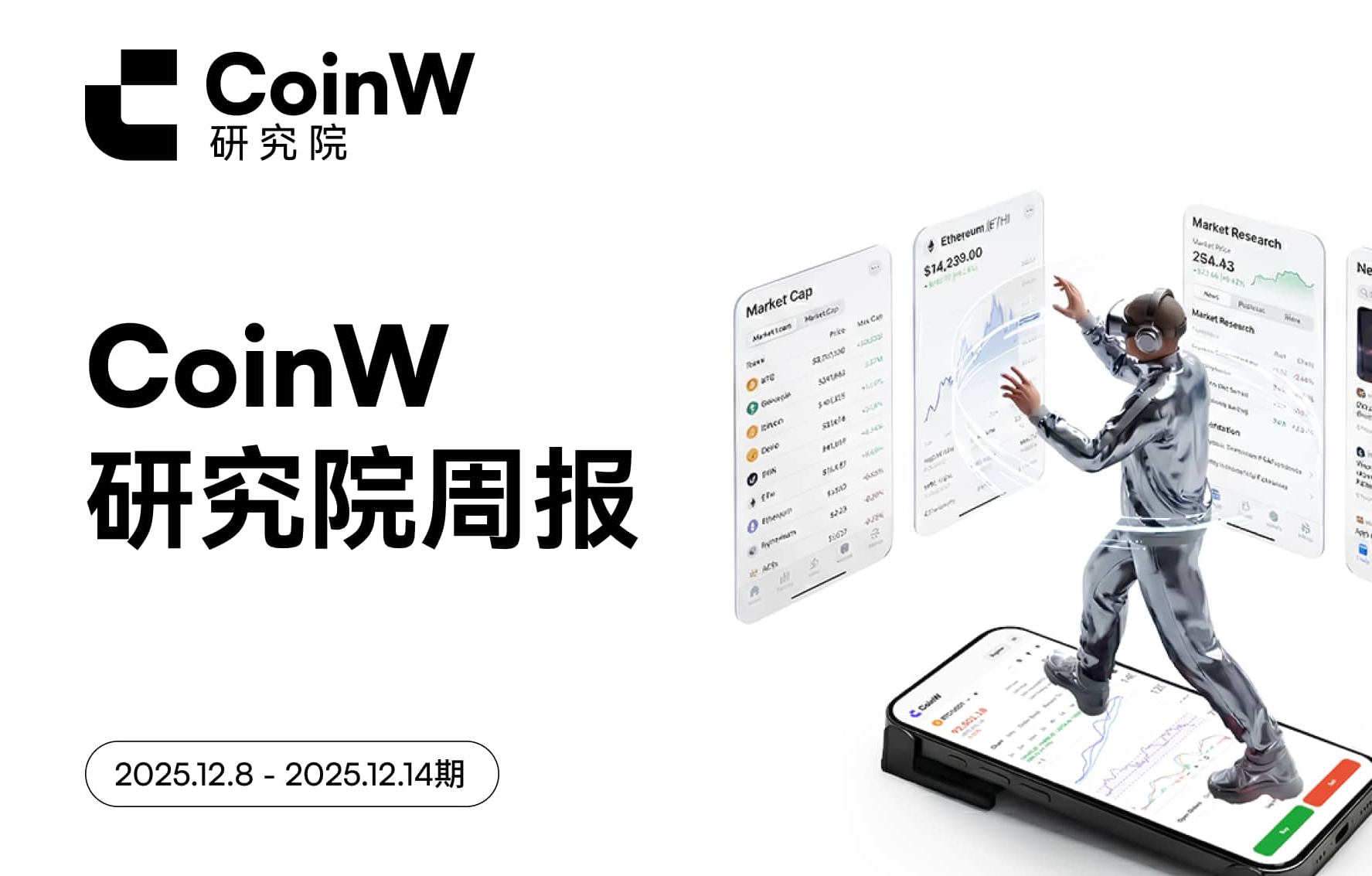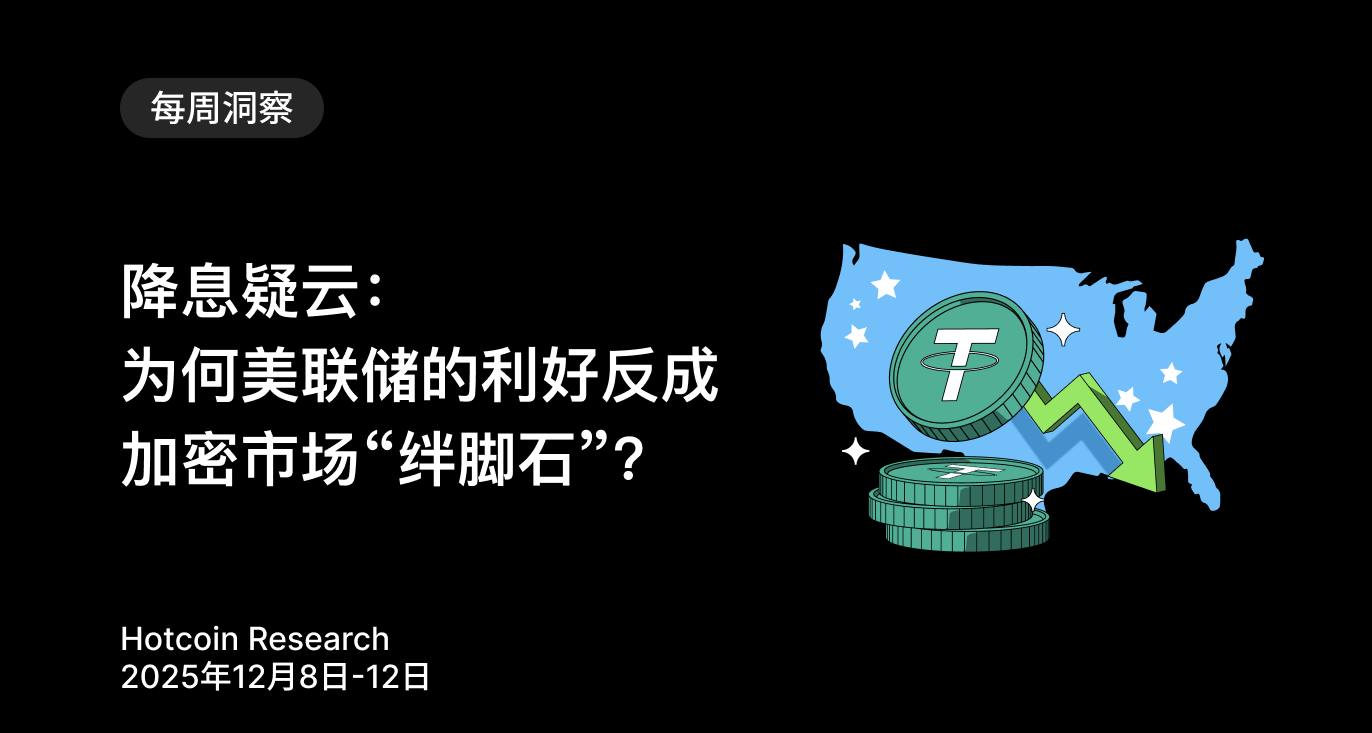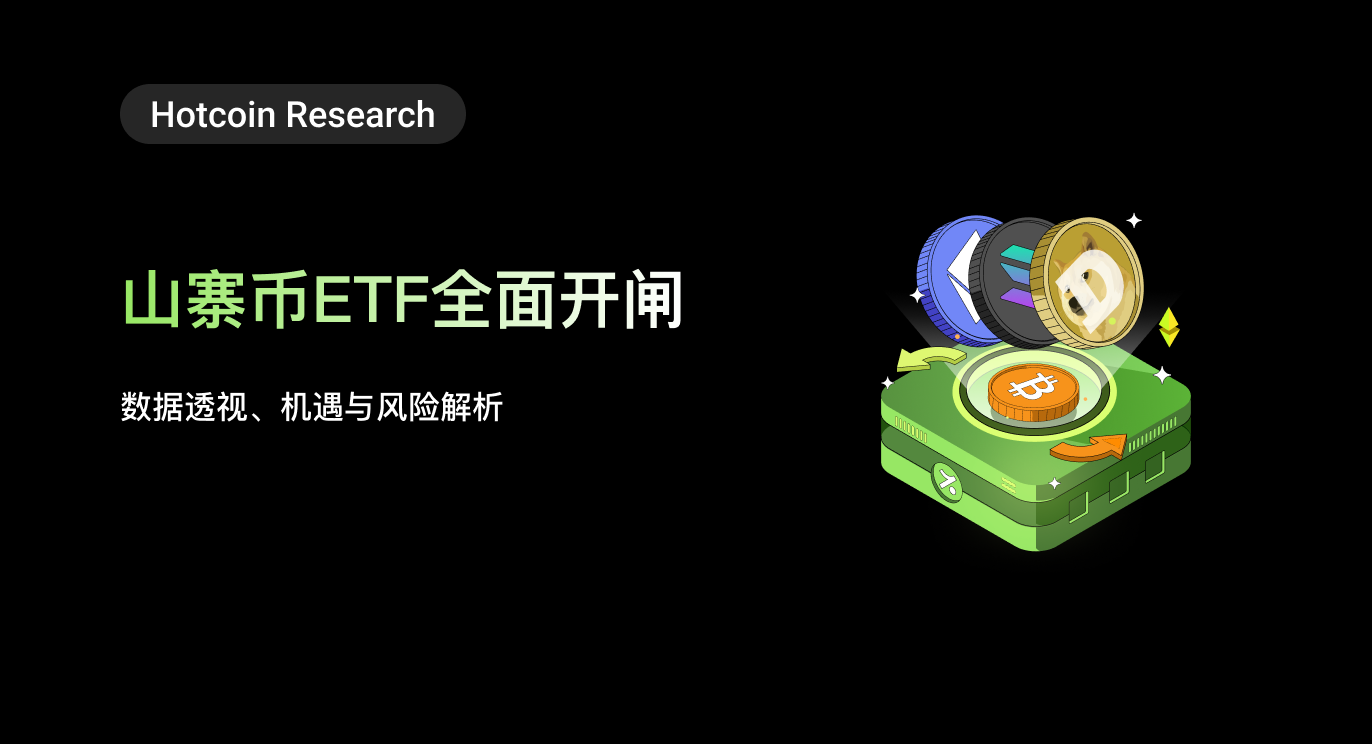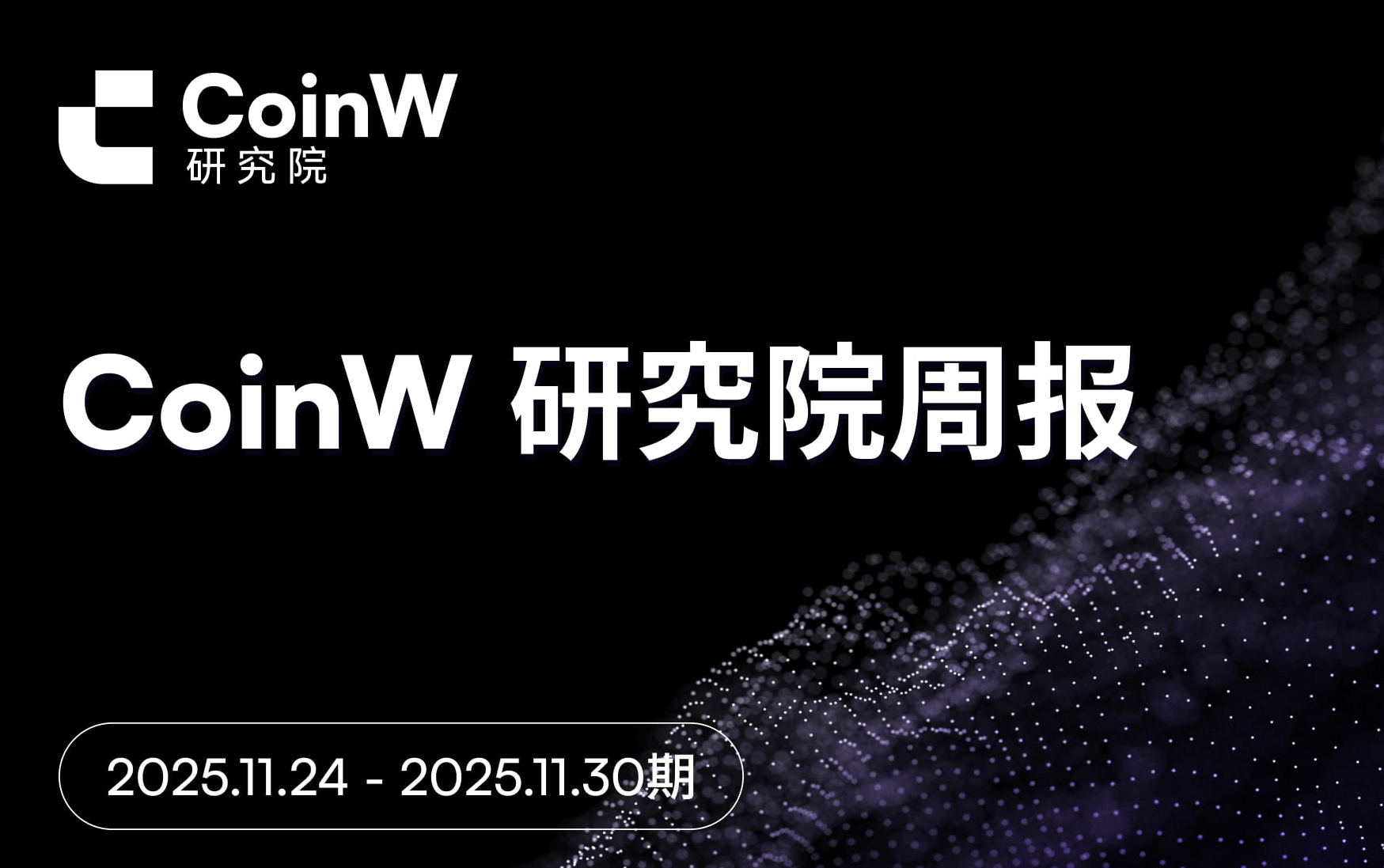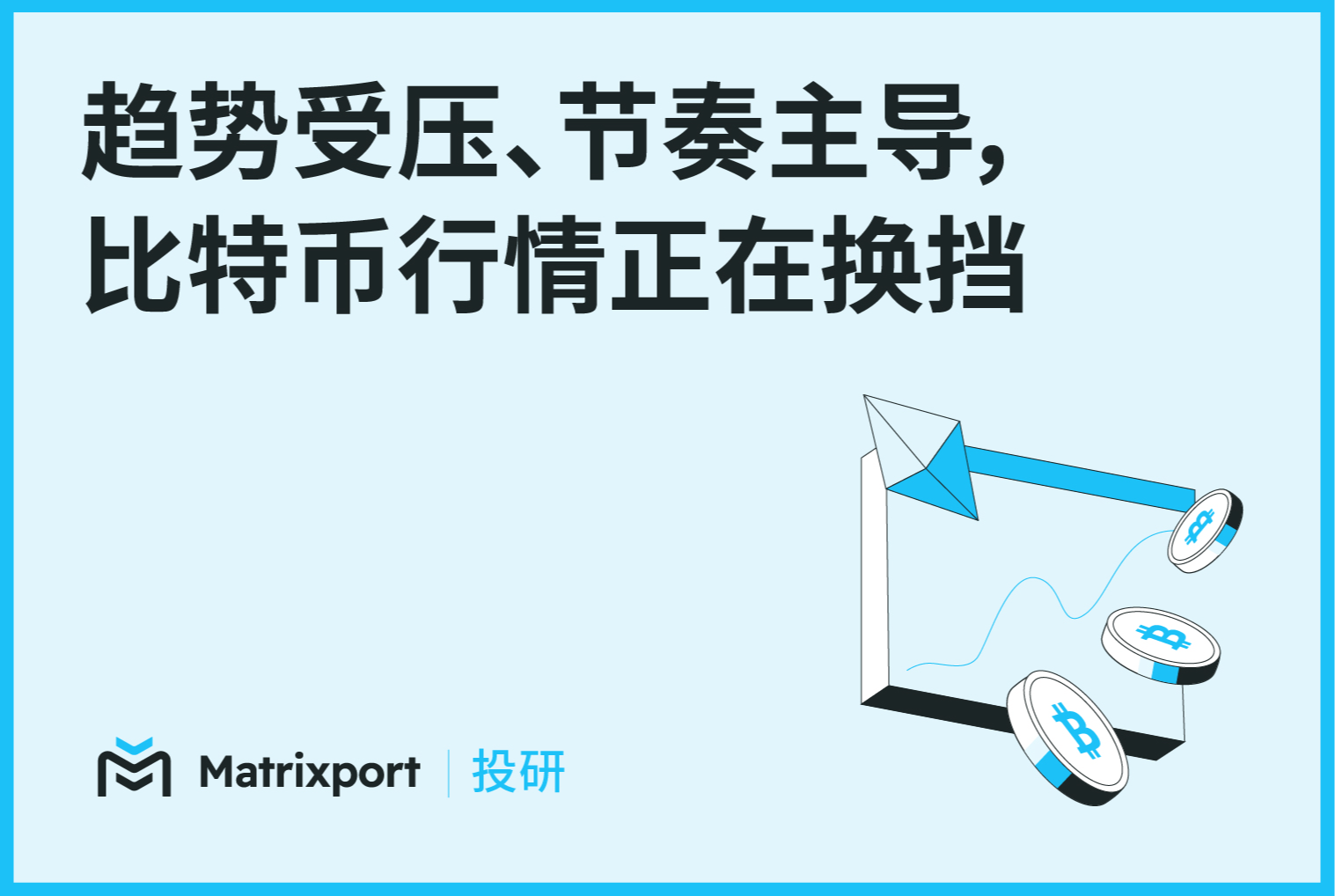CoinW Research Institute
- Project Overview
ORE is an innovative mining and value storage protocol built on Solana, dedicated to making the concept of "mining for everyone" a reality on high-performance public chains. The project was initially launched in 2024, inspired by Bitcoin's proof-of-work (PoW) mechanism, attempting to create a new native store of value asset on Solana. However, due to the mining mechanism attracting too many short-term speculators, which even led to network congestion at one point, the team gradually realized that the traditional PoW model has a structural problem of "value leakage," where miners extract profits from token holders without contributing to long-term value accumulation for the protocol.
As a result, the ORE team conducted a thorough protocol reconstruction in October 2025, launching a brand new on-chain mining system. The new mechanism is presented in a "5×5 grid" format, with each round lasting about a minute. Users compete for mining qualifications by investing SOL in the grid, and the system then randomly selects a winning block as a reward. The winners can share all the SOL invested in the remaining 24 losing grids according to their investment ratio (with 10% of this portion being used for ORE buyback), as well as receive ORE token rewards, and have the chance to trigger the "Motherlode" reward pool to earn additional accumulated profits. At this point, miners can choose whether to withdraw their rewards, but all mined ORE will incur a 10% "refining fee" upon withdrawal. This portion of ORE tokens will be redistributed to miners who have not yet withdrawn their rewards, encouraging long-term holding and reinvestment behavior. Therefore, the longer miners hold the mined ORE, the more ORE rewards they will receive.
The core design of the protocol aims to form an "income-driven circular economy." In each mining round, 10% of the total SOL invested by all losers will automatically enter the protocol treasury and be used to buy back ORE in the market and bury it. The buried ORE will re-enter the mineable reserve pool in the future, creating a dynamic balance between inflation and buyback. Through this mechanism, ORE allows the economic activities of the protocol itself to feed back into the token's value, thus achieving a "sustainably deflationary model driven by income."
On a conceptual level, ORE attempts to reinterpret the spirit of "fair mining" on Solana's high-performance architecture. With a lower participation threshold, stronger gameplay, and higher capital utilization efficiency, it enables users to truly "mine" on-chain assets with economic value. Through continuous buybacks and staking reward mechanisms, it gradually transforms short-term speculation into long-term value accumulation.
- Market Dynamics
Since the new protocol went live at the end of October 2025, ORE has shown strong growth in both on-chain economic performance and community enthusiasm. The new mining system has attracted a continuous influx of funds, with thousands of dollars in SOL being used to compete for block positions every minute. The protocol's daily revenue has exceeded $1 million at its peak since launch. As the protocol automatically uses all mining revenue for token buybacks, with 90% of the bought-back tokens being burned and 10% used for staking rewards, the amount of ORE burned in recent weeks has surpassed the output, showing a net deflationary trend.
At the same time, with the gamification and randomness of the mining mechanism, user activity has rapidly increased, with the number of active wallets on-chain reaching tens of thousands, and ORE trading volume maintaining at tens of millions of dollars within 24 hours. This high participation and high buyback rate circular structure has made ORE one of the most discussed tokens in the Solana ecosystem recently. In addition to buybacks and burns, ORE has also introduced a staking mechanism supported by protocol revenue, allowing holders to earn returns based on real revenue distribution rather than relying on inflation issuance. This distribution model based on protocol revenue further strengthens the value support of the token, making its economic model more sustainable.
Previously, ORE received investment support from well-known investment institutions such as Foundation Capital and Solana Ventures in September 2024, raising a total of $3 million. This laid the foundation for trust building and ecological development for the protocol, providing it with a good market endorsement.
- Team Background
The Ore team was founded by "Hardhat Chad," with the original intention of "making it easy for anyone to participate in mining." The project started as an experiment during a Hackathon and officially took shape in 2024, positioning itself as an on-chain mining ecosystem that everyone can participate in. Although the team as a whole remains low-key, it is supported by well-known institutions such as Foundation Capital, Solana Ventures, Colosseum, and Dead King Society, adding a foundation of trust to the project's execution and potential. The team focuses on three main directions: mining protocol, user experience, and on-chain distribution mechanisms, avoiding the high barriers and complexities of traditional mining. Overall, Ore is a team with a clear vision and focused execution, dedicated to bringing mining back to ordinary users.
- Token Information
ORE is a cryptocurrency asset fully controlled by smart contracts on the Solana blockchain, adopting a "Fair Launch" model with a maximum supply cap of 5 million tokens, with no pre-mining, team, or internal allocations. This means that all tokens must be generated through the on-chain mining mechanism, allowing any user to participate equally. The current mining output rate is approximately 1 ORE per minute, and as long as the circulating supply has not reached the cap, new tokens will continue to be minted.
In terms of value flow design, the ORE token model revolves around three core logics: "income buyback, deflation adjustment, and long-term incentives." The protocol automatically collects 10% of the total SOL deployed by all losers in each round of the game as protocol revenue, which is used to buy back ORE on the open market and bury 90% of the bought-back portion. This mechanism aims to reduce circulating supply and offset the inflation effect of new output to some extent. Notably, buried tokens can still be mined again when the total circulating supply is below the cap, providing a controllable "recycling" mechanism for the system.
To balance the interests of short-term participants and long-term holders, ORE has added a multi-layer incentive mechanism to its distribution logic. First, miners will be charged a 10% "refining fee" on their ORE rewards when claiming mining rewards, and this portion of tokens will be proportionally distributed to those miners who have not yet claimed their rewards, encouraging longer holding periods. Second, when the protocol buys back ORE, 10% of the buyback will be distributed to stakers as profit returns, while the remaining 90% will continue to be buried to achieve a positive deflationary cycle.
Additionally, the protocol has set a very small proportion of operational fees for system maintenance and on-chain automation operations. For example, 1% of the SOL deployed by miners will be charged as management and development fees, along with a small amount of SOL for automatic trading scheduling and account security checkpoints. This design ensures the sustainable operation of the protocol while avoiding excessive squeezing of user profit margins.
The ORE token economic model attempts to transform the inflationary structure of traditional PoW into a sustainable value capture process through income buybacks and dynamic deflation mechanisms, allowing "long-term participants" to become the core beneficiaries of the system.
- Competitive Landscape
ORE occupies a unique niche: a lightweight on-chain mining and token distribution mechanism based on Solana. It enables mining for everyone through an extremely low participation threshold, requiring no expensive equipment or computational power; users can participate with simple interactions. This mechanism creates a distinct difference within the Solana ecosystem and has quickly gathered a large user base for ORE.
One of ORE's biggest innovations compared to traditional mining projects is the combination of mining with protocol revenue buybacks. The protocol automatically uses a portion of SOL revenue for buybacks and "burns" ORE, creating a deflationary effect and supporting token value. However, the low threshold and gamified design also present challenges: similar projects may quickly replicate its model, and user retention will be a key test after the mining enthusiasm wanes. Additionally, the early experience of network congestion serves as a reminder for the team to balance system stability and long-term growth while pursuing scale.
It is important to emphasize that ORE's new mining mechanism resembles a "chain game," where the "mining" mechanism is more akin to a probability game in terms of gameplay. Each round has winners and losers, and in most cases, only a small portion of participants can gain profits, while the majority may lose all their invested SOL. Users should fully understand the relevant mechanisms and potential risks before participating.
This article does not constitute any investment advice.
References
ORE official website: https://ore.supply/
ORE on-chain data: https://defillama.com/protocol/ore-protocol?revenue=true&fees=false
ORE token price: https://coinmarketcap.com/currencies/ore-new/
ORE announcement: https://x.com/OREsupply/status/1981012903643041972
免责声明:本文章仅代表作者个人观点,不代表本平台的立场和观点。本文章仅供信息分享,不构成对任何人的任何投资建议。用户与作者之间的任何争议,与本平台无关。如网页中刊载的文章或图片涉及侵权,请提供相关的权利证明和身份证明发送邮件到support@aicoin.com,本平台相关工作人员将会进行核查。
